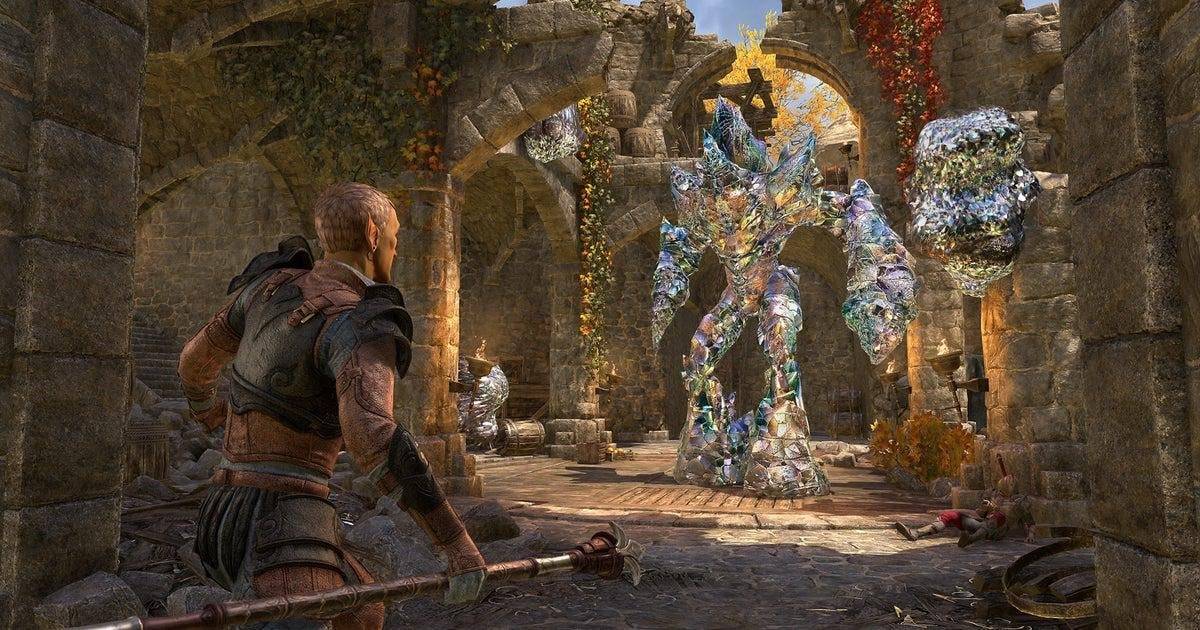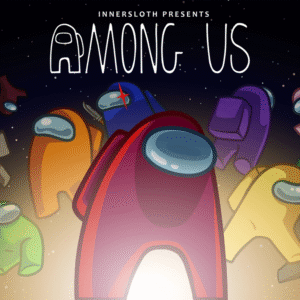Elder Scrolls Online’s Strategic Pivot: A Post-Layoff Shift to ‘Bite-Sized’ Seasonal Updates and Agility
Popular Now
 Free Fire Max
Free Fire Max
 Auto X Drift Racing 3
Auto X Drift Racing 3
 R.E.P.O
R.E.P.O
 BeamNG.drive
BeamNG.drive
 CarX Street
CarX Street
 Rust
Rust
 Geometry Dash
Geometry Dash
 Schedule I
Schedule I
 Among Us
Among Us
 Warframe
Warframe

The Elder Scrolls Online (ESO) is embarking on a significant and unavoidable transformation, moving away from its decade-long tradition of monolithic annual Chapters towards a more dynamic, ‘bite-sized’ seasonal content model. This pivot, officially a long-term strategy for agility, arrives in the immediate wake of what ZeniMax Online Studios (ZOS) leadership and former staff have described as “awful” and “chaotic” mass layoffs enacted by its parent company, Microsoft, signaling a profound shift in development priorities and risk management across the entire Xbox gaming division.
This restructuring comes as ZOS grapples with the fallout of the cuts, which included the cancellation of a highly anticipated, unannounced new Massively Multiplayer Online (MMO) project, internally codenamed “Blackbird,” and the departure of key veteran staff, including studio head Matt Firor. The message from the remaining ZOS leadership is clear: the focus is now squarely on the continued viability and evolution of its flagship title, The Elder Scrolls Online, which remains a crucial source of recurring revenue for the corporation. The move to smaller, more frequent updates is being framed as an essential measure to ensure the game’s longevity and responsiveness to its dedicated player base.
 From Annual Chapters to Agile Seasons: A New Development Philosophy
From Annual Chapters to Agile Seasons: A New Development Philosophy
For years, the structure of the ESO content release cycle has been predictable: a new, massive Chapter expansion—introducing a major new zone, storyline, and often a key new system—would launch every June. This annual deadline, while providing substantial content, often locked the development team into an 18-month cycle that made addressing player feedback and implementing significant quality-of-life (QOL) improvements or highly requested features a slow, drawn-out process. This old model had become, in the words of Game Director Rich Lambert, “a little bit too predictable.”
The new “seasonal content model,” kicking off with a transition year, is intended to be the solution. Instead of one massive release, players should now expect “bite-sized” content drops spread out over the year, with seasons lasting anywhere from three to six months. These updates will mix themed story content, events, dungeons, and store items. The key benefits ZOS is touting include:
- Increased Agility and Responsiveness: The shorter cycles are designed to allow the development team to be more reactive to player feedback, potentially reducing the wait time for requested features from 18-24 months down to a more palatable six to nine months.
- Reduced Development Crunch: Freeing the team from the rigid annual June Chapter deadline means content can be launched when it is truly ready, allowing for a more efficient and sustainable development pipeline.
- Greater Variety of Content: The new model promises a better mix of different types of updates, including smaller zones, new storylines that revisit and expand upon classic Elder Scrolls factions like the Dark Brotherhood and Thieves Guild, and more frequent experiments with new systems and content types.
The Shadow of Corporate Restructuring and Layoffs
While the new direction offers potential gameplay benefits, it is impossible to divorce the strategic change from the grim reality of the corporate environment at Microsoft. The layoffs—described by one ZeniMax Online Studios Union (ZOSU-CWA) member as “laying off crucial, talented people” based on “an Excel sheet”—were severe. The cancellation of the “Blackbird” MMO, a project in development since 2018, was a major blow, removing a team of over 200 developers.
This atmosphere has inevitably led to speculation among the player base and industry analysts that the change to “bite-sized” content is a euphemistic move towards a “maintenance mode” or a significant reduction in budget for ESO. ZOS leadership has vehemently pushed back against this narrative, insisting that the goal is a “30-year MMO” and that the smaller content drops are a pathway to innovation. However, the loss of institutional knowledge and talent from the cuts—including individuals who were the sole experts in certain parts of the game engine—presents a difficult recovery process for the remaining teams.
The situation underscores a wider industry trend where corporate ownership prioritizes high-profit, low-risk ventures over ambitious new projects. For Microsoft, doubling down on the proven revenue stream of Elder Scrolls Online while streamlining development costs is a classic example of financial derisking, especially after the failure of other large-scale acquisitions and projects.
 The Future of Tamriel: Quality-of-Life and New Experiments
The Future of Tamriel: Quality-of-Life and New Experiments
Beyond the structural changes, ZOS has outlined several key areas of focus for the new seasonal content that are intended to revitalize the long-running MMO. These plans demonstrate a commitment to addressing long-standing player complaints:
- Combat and Difficulty Reworks: A central component of the future updates is a planned increase to the standard difficulty of overland combat, an often-requested feature to better challenge veteran players. Furthermore, they are focused on improving the overall feel of combat through updates to animations, visual effects, and audio.
- Cyrodiil Performance Initiatives: The notorious performance issues in the massive-scale PvP zone of Cyrodiil are finally being tackled through an experimental approach: a PvP-specific campaign that utilizes unique, more performant skills for all classes to support higher concurrent player counts. This is a crucial move for the MMO genre, where large-scale battle fidelity is a key feature.
- New and Returning Player Onboarding: Recognizing the immense complexity added over a decade of Chapters, the studio is heavily investing in modernizing the new player experience (NPE) and making it easier for lapsed players to jump back in. This includes visual and textural updates to the game’s original starter zones.
The transition year of 2025 will be a critical test for this new model, balancing the release of pre-existing “larger items” with the new “bite-sized” seasonal content. Player reception will ultimately determine whether this strategic pivot—born from corporate upheaval—will solidify The Elder Scrolls Online’s position as a major contender in the competitive MMORPG market or see it slowly fade into a prolonged state of maintenance.









